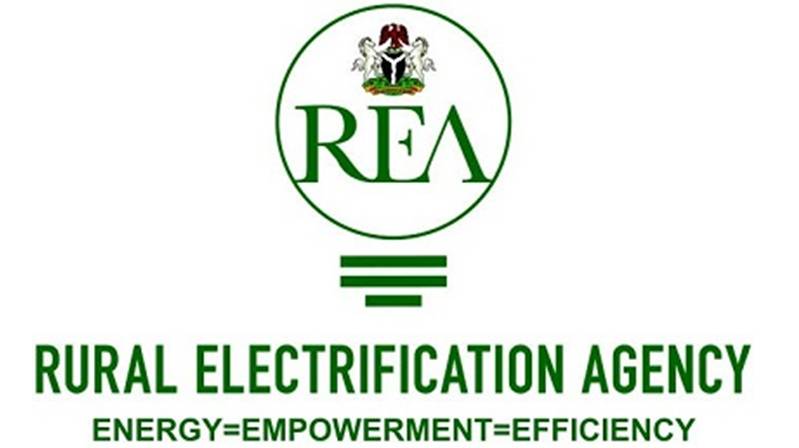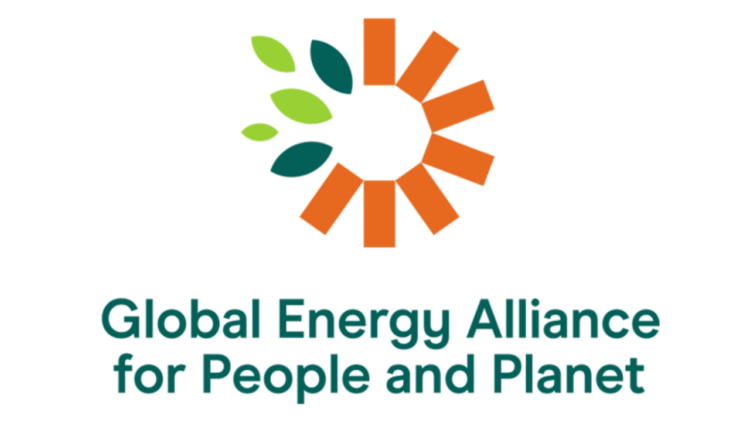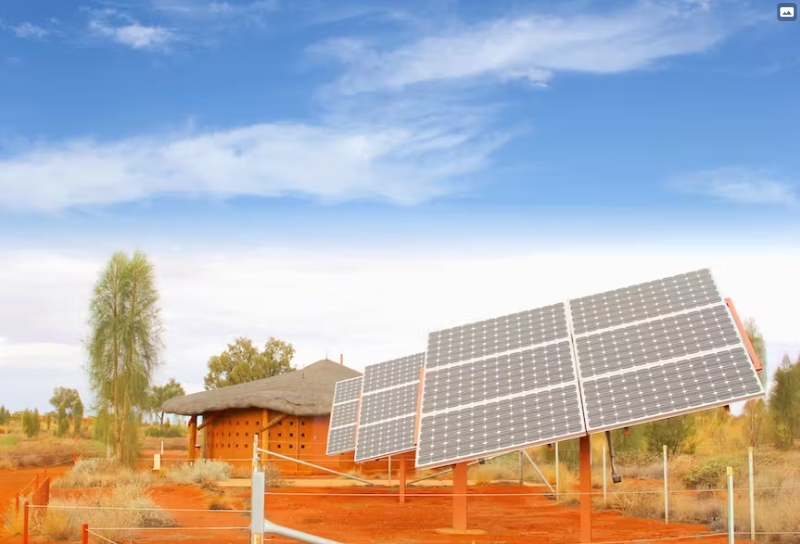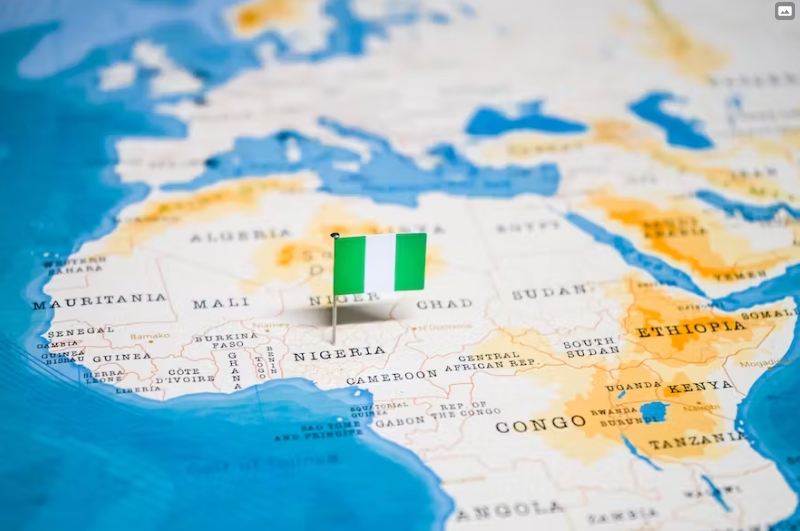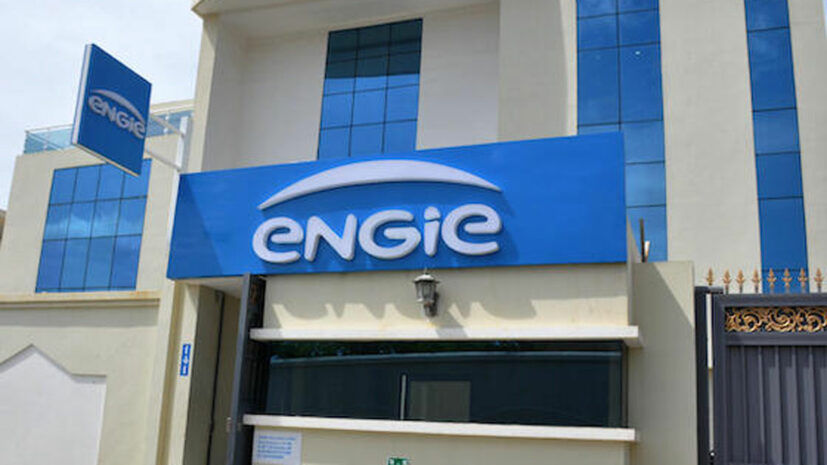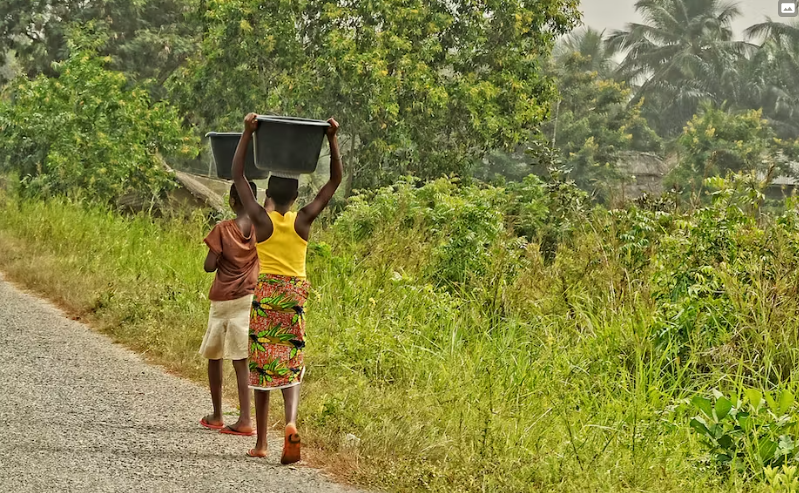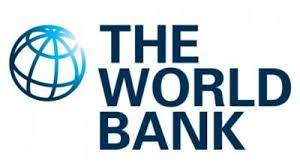
The government of Nigeria is accepting prequalification applications for a grant program to help rural communities gain wider access to clean energy and economic opportunities through the use of low-carbon minigrids.
A part of the larger Africa Minigrids Program (AMP), the AMP Nigerian National Project will be administered by the government’s Rural Electrification Agency (REA).
The African Minigrid Program is a technical assistance platform that is active in 21 early-stage minigrid markets across Africa, according to the United Nations Development Program (UNDP).
UNDP, Rocky Mountain Institute and the African Development Bank have partnered to implement the program, which will also develop connections with minigrid stakeholders in Africa and around the world.
Funding for AMP comes from Global Environment Facility, a multilateral environmental fund.
Application deadline is August 17
Each country participating in AMP administers its own program. In Nigeria, the grants will help the REA fulfill its mission of increasing economic opportunities for unserved and underserved rural communities through its Energizing Agriculture Program (EAP).
The EAP aims to:
Increase productivity of farmers.
Lower costs and improve efficiency.
Enhance the value of agricultural products.
Reduce losses through the use of cold storage.
Improve the diversification of end-user products.
The REA recently released its Invitation for Prequalification for the AMP Nigeria National Project. Minigrid developers are invited to submit applications for grant funds for the deployment of solar photovoltaic minigrids in specific regions of the country, what the REA calls geopolitical zones.
According to the application, “the objective of the program is to support access to clean energy by increasing the financial viability, and promoting scaled-up commercial investment, in low carbon minigrids in Africa with a focus on cost reduction levers and innovative business models.”
Qualified projects must fall under one of three agricultural value chains: grain processing, non-grain processing and cold storage.
The winning projects will be funded by a “one-off partial capital grant,” according to the REA.
Interested applicants must submit the required documents to the REA by Thursday, August 17. Questions or clarifications on the pre-qualification application are due by August 10. Details on the program requirements and qualifications can be found here.
Minigrid adoption on the rise across Africa
Minigrids, which are sometimes referred to as remote microgrids, are typically used in remote areas that do not have access to a central grid.
According to the United Nations Development Program (UNDP), solar plus storage minigrids have the potential to significantly reduce the number of people in sub-Saharan Africa without access to electricity.
Accordingly, renewable minigrids are an increasingly popular way to support agricultural and economic development across the continent.
In February, Burkina Faso launched its own minigrid program with assistance from the AMP.
In South Sudan and Ethiopia solar minigrids power irrigation systems. In Ghana and other remote sections of sub-Saharan Africa, renewable minigrids work to reduce energy poverty.
Husk Power, which launched its first renewable minigrid in 2008, currently operates more than 150 minigrids in Nigeria, Tanzania and India and has committed to building at least 500 minigrids in Nigeria by 2026 and 5,000 minigrids across Africa and Southeast Asia by 2030.

